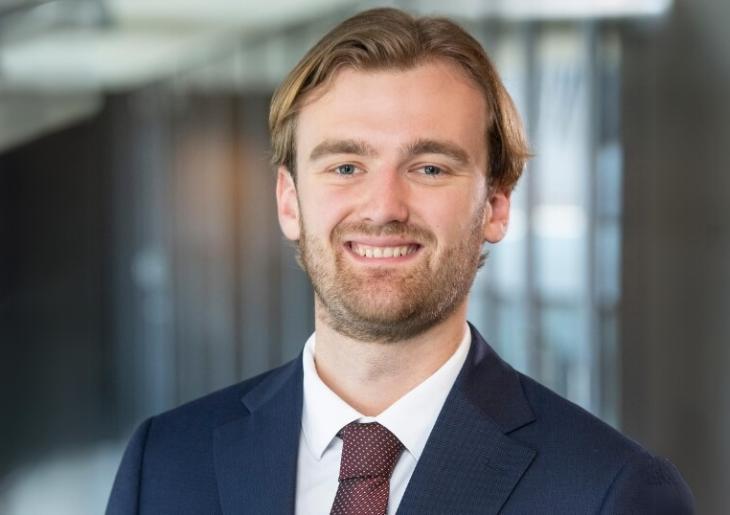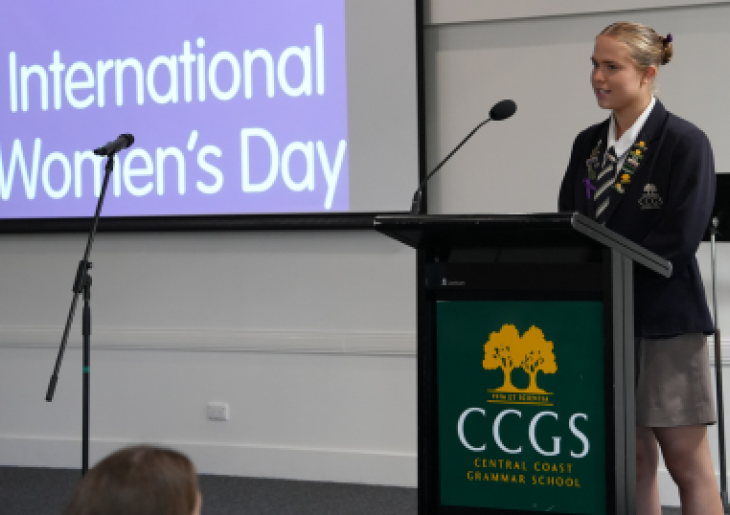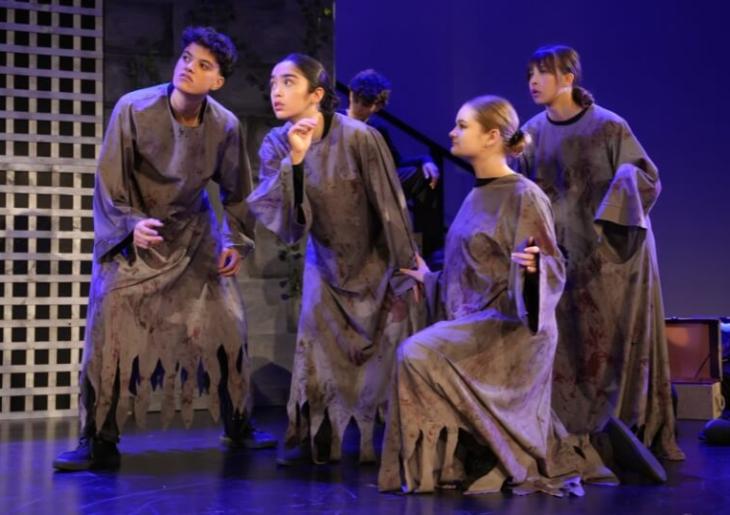Debunking Learning Myths

“My left brain is stronger than my right”; “I’m a visual learner”; “Did you know we don’t even use 90% of our brain?”
We’ve all heard these statements before. We may have even said one or two or a variance of them.
We’ve come a long way since these myths first emerged. Yet a number of learning myths continue to stand the test of time despite having no grounding in scientific research.
George Orwell famously said, “Myths which are believed in tend to become true.”
What does this mean? If we believe them, we start to define ourselves and our abilities by them. Worse, we could limit our assumptions about what we can and can’t do. We start to act according to these self constructed limits and – all of a sudden – we have made the myth a reality.
In the case of learning, society has fallen deep into this trap. According to research done by Macdonald et al. 68% of the public believe the following learning statements to be true. They have become so engrained in our thinking that even 56% of educators are reported to believe them too.
In this blog, we seek to bust three common learning myths and help put the learning record straight.
Myth 1: Left brain vs right brain
The idea that we all have a dominant side of the brain that dictates how we learn has been around for a while. Left brained people are logical, analytical and methodical. Right brained people are creative and artistic.
The truth is the left and right hemispheres of the brain actually work together. Of course, there is lateralization - where certain functions are processed by more than one region of the brain than others. But we all use our entire brain equally. We can actually think both creatively and analytically thanks to the regions in our brain being connected.
It’s important that we actively nurture both creative and analytic skills in ourselves and in our children.
Myth 2: We only use 10% of our brains
Barry Gordon, a behavioural neurologist, and cognitive neuroscientist describes this myth as incorrect. He says, “we use virtually every part of the brain, and that (most of) the brain is active almost all the time.”
Some areas of our brain may be more active than others at any given moment, but we do use all of our brain. In fact, according to the University of Queensland, our brain is the most energy intensive part of our body, using 20% of our energy even though it makes up just 3% of our weight. Now that’s food for thought.
It’s certainly true that we can make our brains stronger. But that comes through exercising it - not through unlocking a vast mass of unused grey matter.
Myth 3: Every brain is hardwired to a particular learning style
Individuals have different styles of learning such as visual, auditory or kinesthetic is a common myth. There is no evidence to support the theory that people learn better when they take in information by listening to it, being presented it visually or through hands on practise. In fact, if we choose to limit our learning to one particular style we may actually reduce learning and our ability to learn in the future.
Studies have found that students benefit most when learning new information in different ways – learning across multiple modes. Multiple styles of learning allow us to access richness and breadth and help lock understanding in.
Mr Damon Cooper, Director of Teaching and Learning at CCGS explains, “Multiple styles of cognitive input require multiple areas of the brain to process that learning. As a result, we are able to access, process and connect new ideas in rich and multi-faceted ways. This creates a deeper understanding and allows us to strengthen neural pathways in more than one area of our brain.”
Dynamic learning environment and rich opportunities
At CCGS we challenge our students. We know that learning is not a predetermined biological ability. We encourage all our students to be open to developing skills. We support them to think laterally and push beyond their limitations.
“At CCGS we create rich educational opportunities at every turn. We build learning experiences through a range of modes and provide a dynamic learning environment where students are actively engaged in multi-sensory experiences, practical activities, independent and collaborative work," says Headmaster Mr Bill Low.
"We pride ourselves on treating every individual child as a complete and unique person. It is this kind of holistic learning that helps students to grow, develop and confidently apply their understanding in meaningful ways," adds Mr Low.
Of course, don’t forget - adequate sleep, good nutrition and regular exercise will also help lay the foundations for a healthy brain and a healthy life.
Don’t let these myths become a self-fulfilling prophecy. Let’s rewrite these learning myths and do the best for our children.




